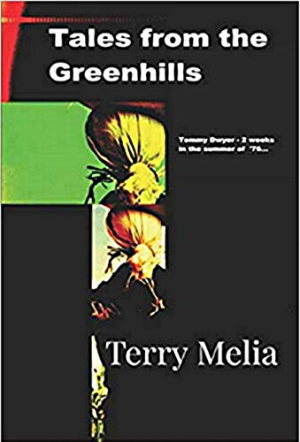Every time you have an opportunity to show something most people aren’t familiar with, do so to add color to the story provided you can do it in a way the reader understands and can relate to.
You have to ground the unfamiliar with the familiar so that readers can relate to it. Example: A reviewer wrote of The Augmented Man‘s protagonist, Nick Trailer, “His struggles were easy to relate with and, honestly, I found myself hoping to see his happy ending by the end of the novel.” The “reader wanting the hero to succeed” is key to world-building as it demonstrates the reader is emotionally involved with the character individually and the story in general.
A familiar example of grounding the unfamiliar with the familiar comes from the original Alien movie. The opening scenes are of the crew waking from suspended animation. Quite unfamiliar to most people. But the next scene is the crew in the mess complaining about being woken up, how crappy the coffee is, are they going to get extra pay for this extra work, et cetera.
The unfamiliar grounded in the familiar. The crew may have just woken from suspended animation on a deep space ship but they’re just like your friends in the corner bar grumbling about work, they’re your co-workers in the company cafeteria complaining about crappy food, they’re your workmates wondering if the company’s going to pay them for any overtime coming from making an unscheduled stop on their delivery route.
In short, most people accepted the unfamiliar in Alien because whatever happened, it was happening to people they could relate to and understand; the unfamiliar was grounded in the familiar.
The heart of any story is believable characters either succeeding or failing to achieve their goals. There is a general rule about people; what people do rarely changes. How they do things changes. Example: people gossip. One hundred years ago people gossiped by gathering in the general store, the local pub, in the park. Now they gossip on their mobiles, Facebook, Twitter, et cetera. People have gossiped since we climbed down from the trees and stood on our hind legs. How they’ve gossiped has changed over time.
Greetings! I’m your friendly, neighborhood Threshold Guardian. This is a protected post. Protected posts in the My Work, Marketing, and StoryCrafting categories require a subscription (starting at 1$US/month) to access. Protected posts outside those categories require a General (free) membership.
Members and Subscribers can LogIn. Non members can join. Non-protected posts (there are several) are available to everyone.
Want to learn more about why I use a subscription model? Read More ch-ch-ch-ch-Changes Enjoy!

